Need suggestions for wood applications in Arts and Crafts home
ncamy
16 years ago
Related Stories
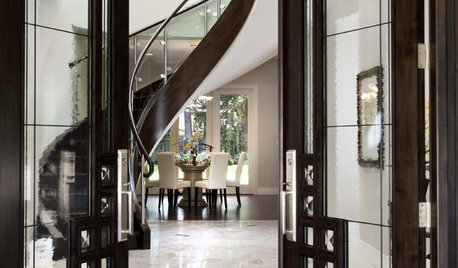
ROOTS OF STYLEArt Deco, Art Nouveau, Arts and Crafts: What’s the Difference?
If the zigzag and swirly designs of the past leave your head spinning, these descriptions will straighten you right out
Full Story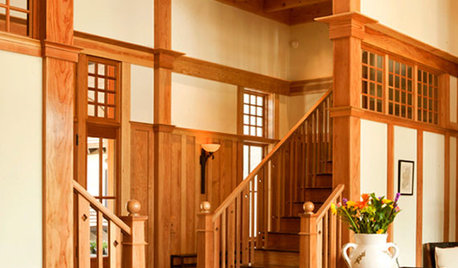
DECORATING GUIDESSo Your Style Is: Arts and Crafts
With a dual focus on nature and craftsmanship, Arts and Crafts home interiors have a wholesome, organic appeal
Full Story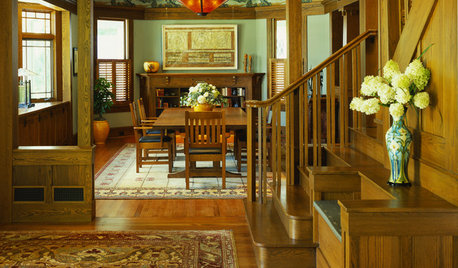
CRAFTSMAN DESIGNHow Arts and Crafts Style Beautifies Today's Interiors
Based on beauty and purity, this movement from more than a century ago is still influencing design elements in home interiors
Full Story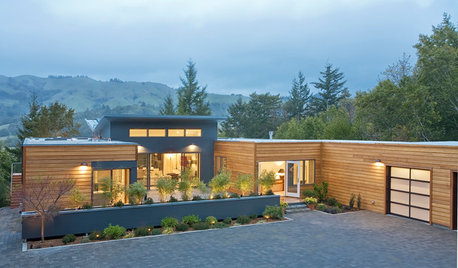
GREEN BUILDINGEfficient Architecture Suggests a New Future for Design
Homes that pay attention to efficient construction, square footage and finishes are paving the way for fresh aesthetic potential
Full Story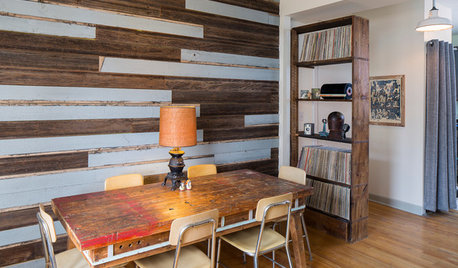
HOUZZ TVHouzz TV: Cool Reclaimed Wood Projects Fill a Craftsman’s Home
Using barn wood, beadboard and beams, this homeowner has crafted furnishings and features for his family’s Chicago home
Full Story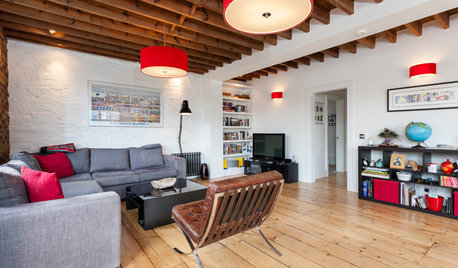
LOFTSMy Houzz: Ronnie Wood’s Old Art Studio Gets a Makeover
Check out this contemporary update of a former factory flat that survived World War II bombs and use by a member of The Rolling Stones
Full Story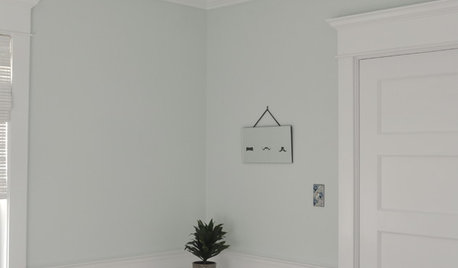
REMODELING GUIDESRenovation Detail: Arts and Crafts Interior Trim
Utilitarian doesn't have to mean afterthought with window and door trim that highlights finely crafted interior openings
Full Story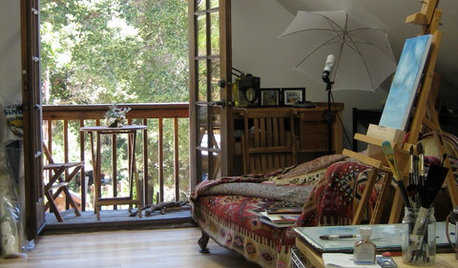
STUDIOS AND WORKSHOPS14 Home Studios That Nurture Creativity and Art
The Hardworking Home: Houzz readers show us spaces where they paint, photograph and craft — and tell us what makes their rooms work for them
Full Story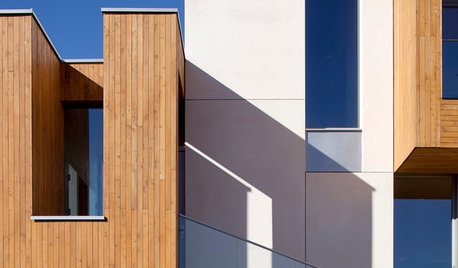
ARCHITECTUREDesign Workshop: The Art of Joining Materials
Watch for carefully crafted meeting points in a home's building materials — they're among the hallmarks of great architecture
Full Story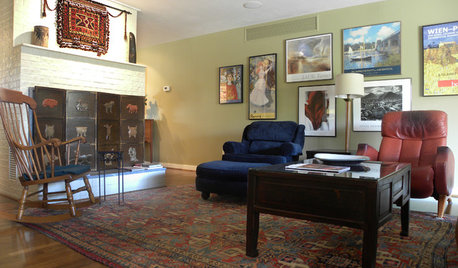
HOUZZ TOURSMy Houzz: Arts and Crafts Inspires a Midcentury Home
Antiques and modern touches combine seamlessly in a personalized remodel for a Dallas couple
Full Story







pinktoes
carolyn53562
Related Professionals
Ferry Pass Architects & Building Designers · West Jordan Architects & Building Designers · Accokeek Home Builders · Duarte Home Builders · Salisbury Home Builders · Three Lakes General Contractors · Alhambra General Contractors · Bremerton General Contractors · Everett General Contractors · Markham General Contractors · Mountain View General Contractors · Norfolk General Contractors · Spanaway General Contractors · Summit General Contractors · Austintown General Contractorsrhome410
lyfia
Denise Evans
allison0704
foolyap